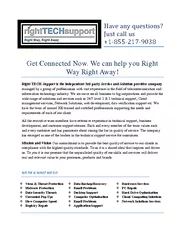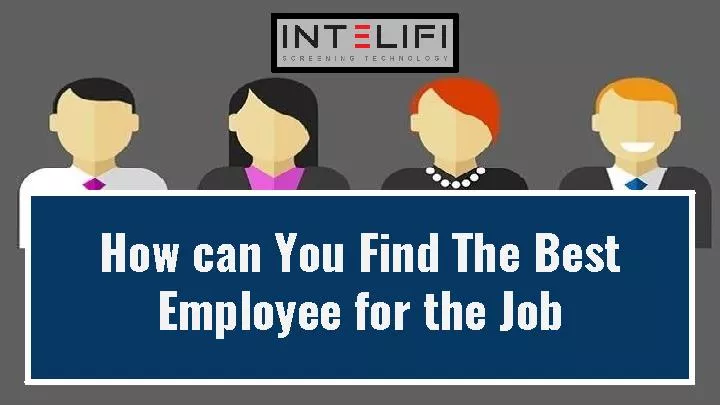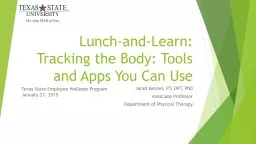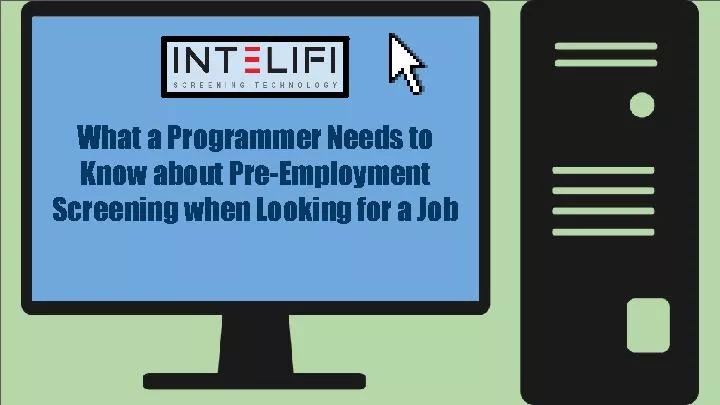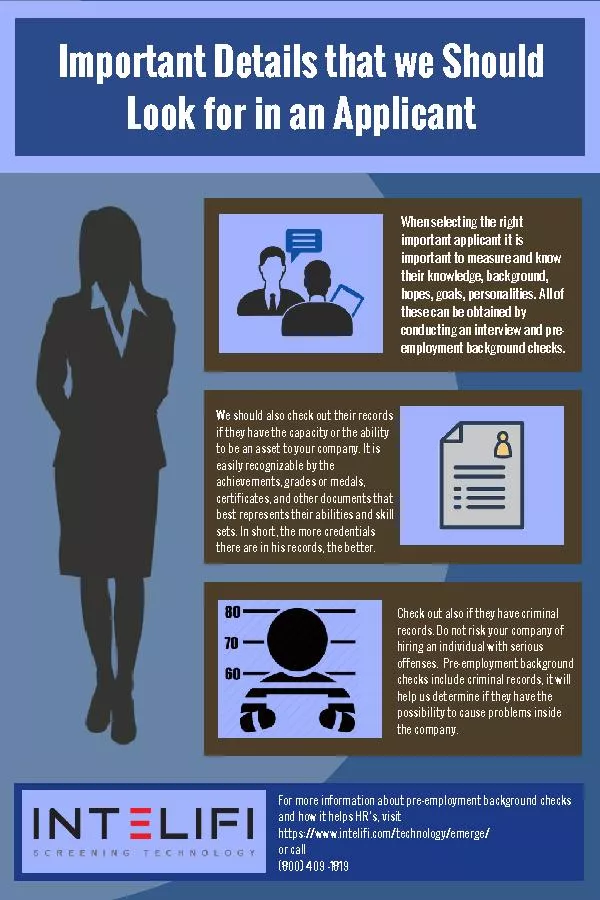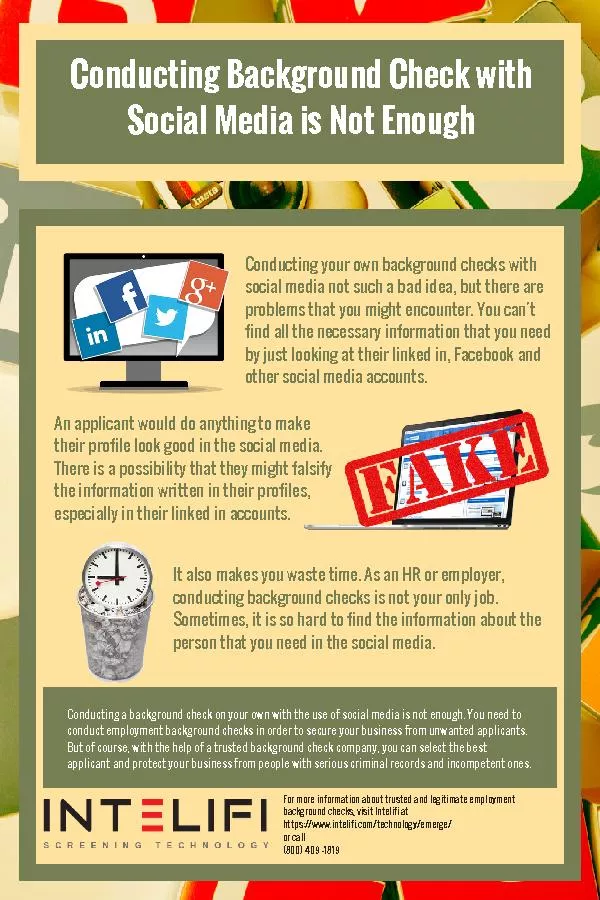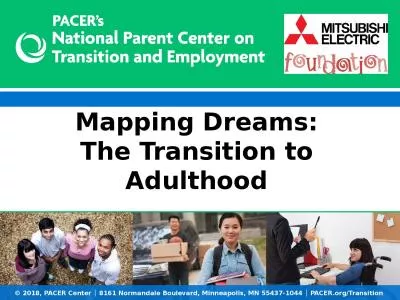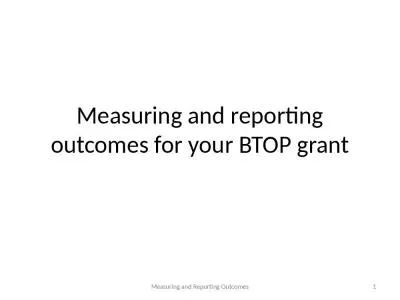PPT-On the Right Track Tracking and Reporting Pre-Employment Transition
Author : alida-meadow | Published Date : 2019-03-05
CSAVR Fall Conference 2017 Presenters Workforce Innovation Technical Assistance Center WINTAC Brenda Simmons George Washington University GWU Christine Johnson George
Presentation Embed Code
Download Presentation
Download Presentation The PPT/PDF document "On the Right Track Tracking and Reportin..." is the property of its rightful owner. Permission is granted to download and print the materials on this website for personal, non-commercial use only, and to display it on your personal computer provided you do not modify the materials and that you retain all copyright notices contained in the materials. By downloading content from our website, you accept the terms of this agreement.
On the Right Track Tracking and Reporting Pre-Employment Transition: Transcript
Download Rules Of Document
"On the Right Track Tracking and Reporting Pre-Employment Transition"The content belongs to its owner. You may download and print it for personal use, without modification, and keep all copyright notices. By downloading, you agree to these terms.
Related Documents

